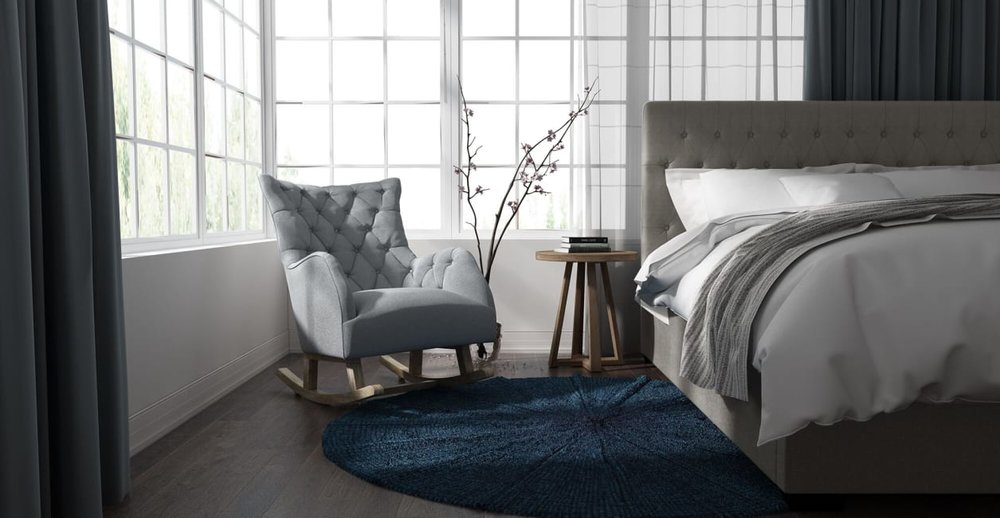So, you need to buy a new mattress. Where do you start your search? There are so many options to choose from, it’s difficult to know which mattress will be right for you.
Here at Sleep Republic, we have over 40 years’ experience in the mattress industry. We know how subjective the feeling of each mattress is, we know how to tell when a mattress has gotten too old, and we know the best technology to suit everyone.
Here are the top three things to consider for if and when you need to buy a new mattress.
 For sale: 47 Chiltern Road, Willoughby, NSW
For sale: 47 Chiltern Road, Willoughby, NSW
1. Know when it’s time to replace your old mattress.
There are two factors here: how long a mattress will last versus how often you should replace it. Mattress warranties often last for 10-15 years, but that doesn’t mean you should be sleeping on it for that long.
Popular wisdom is that keeping a mattress five to seven years is optimal. While a quality mattress may cost a thousand dollars or more, that’s a cost of around 0.50 cents a day – ridiculously cheap for something so vital to your overall health.
Experiencing back pain can be either general physical deterioration, (often known as ageing!) or a sign of diminished mattress support. Research shows that a very large proportion of back pain disappears simply from getting a new mattress.
Hygiene also comes into play here. Gross fact of the day: over the course of eight years, your mattress can soak up enough sweat from your body to fill two bath tubs. If that doesn’t get you, the amount of dead skin cells that are currently in your old mattress will! Need we say more?

2. Decide whether soft or firm will suit you best.
The truth is that one person’s firm is another’s soft; this is a very subjective area that is also influenced by physical aspects like body weight. A 100kg individual is going to make more of an impression than a 50kg person and will probably consider the exact same mattress softer.
The other fact is that most of us don’t appreciate the difference between comfort (or firmness) and support.
Good support is necessary to keep your spine in a level position. Poor support will result in back pain or interrupted sleep, so the core of the mattress needs to be firm enough to do the job. In a foam mattress, the support core is harder foam, while in pocket spring mattresses it is zones of individual springs.
Overlaying the support core—whether springs or foam—is the comfort layer. This gives the predominant mattress ‘feel’. Its job is to deliver comfort, adapt to the body’s curves and provide a carefully engineered buffer zone between body and mattress core. Too soft and you’ll feel the firmer core; too hard and you’ll have a range of problems including poor sleep.
Some commentators say that sleeping position determines required firmness; side sleepers needing softer, back sleepers prefer medium and front sleepers require harder. However, with a range of other variables at play we believe that this is overly simplistic.
The fact is that the great majority of people prefer a mattress in the medium to medium/firm range. Also, be aware that by far the best way to know if a mattress is right for you is to actually sleep on it. No amount of bouncing in a showroom is going to tell you that! When you purchase your next mattress make sure you buy from a store where you can take advantage of a trial and return period.

3. Know which type of mattress will give you the best sleep—foam vs pocket spring.
Broadly speaking, there are two mattress construction types: foam core (including latex) and spring core. The majority of spring cores are pocket springs which are technically superior to other older spring styles.
Foam mattresses use a core of firmer support foam with layers of softer foam above providing the comfort layer.
Pocket spring mattresses have individually wrapped springs. A better-quality pocket spring will have these arranged in different body zones to tailor support. On top the springs will usually be a combination of foam/latex in a pillow top.
Foam mattresses generally do not vary support level along the length; that is, the hips get the same support as legs, whereas a zoned pocket spring will generally have more support for the hip region.
Many people find foam core mattresses lack side support, whereas spring mattresses will have either a wire border or reinforced springs around the edge, meaning there is no ‘rolling off’ and the whole surface can be used, and sitting on the edge doesn’t leave your backside on the floor!
A mattress is a ten-year investment. Whatever your choice, do your research and empower yourself with information before you buy to ensure you make the correct decision.
For more ways to enjoy a more restful sleep check out our bedding buying guide and how to revamp your bedroom on a budget.





